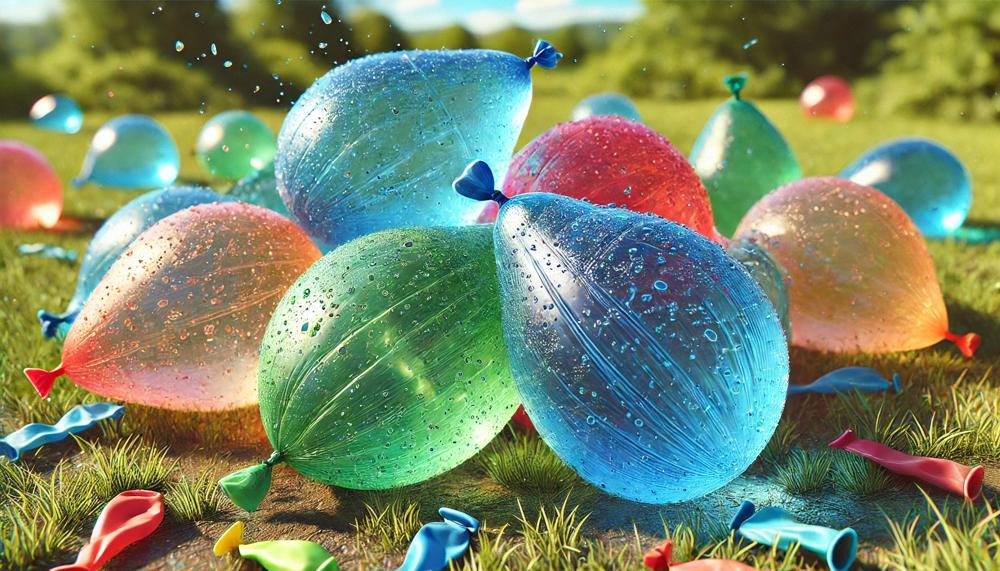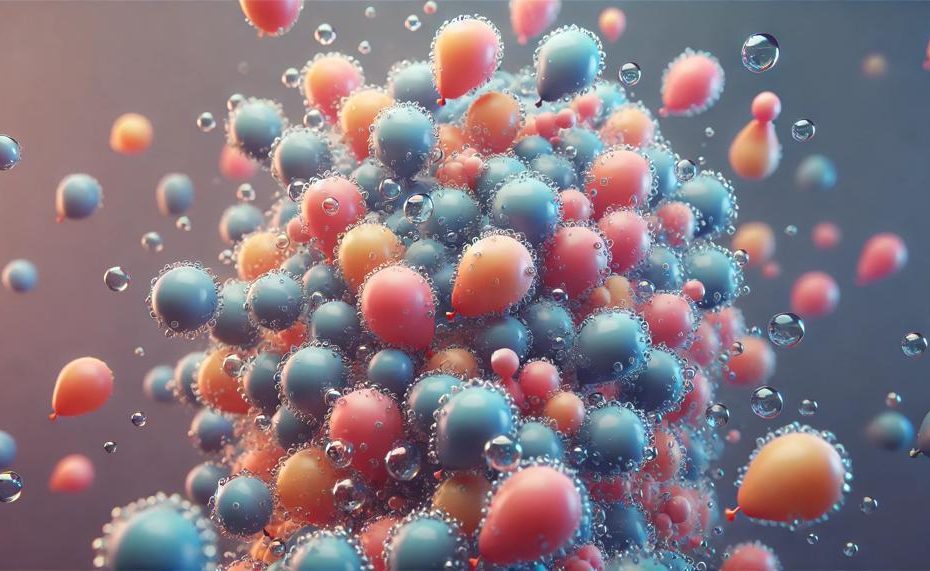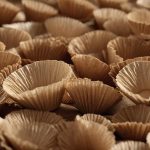No, not all water balloons are biodegradable. This simple yet crucial distinction hinges on the material they are made from. Water balloons have long been a staple of summer fun, yet their environmental footprint raises important concerns. The world is becoming increasingly aware of the effects of plastic waste, prompting many to scrutinize the everyday items we use.
- Latex Water Balloons: Made from natural rubber, these balloons have some biodegradable properties. However, their decomposition process is slow and can take years, during which they can still harm the environment.
- Plastic Water Balloons: Typically made from polyvinyl chloride (PVC) or polystyrene (PS), these balloons are not biodegradable. They persist in the environment, contributing to the growing problem of plastic pollution.
Understanding the difference between latex and plastic water balloons is vital. While latex balloons offer a slightly better environmental profile, their long decomposition time and potential environmental impact still pose significant issues. The convenience and enjoyment water balloons provide must be weighed against their environmental cost, highlighting the need for more sustainable choices and responsible disposal practices.
By considering the material composition and the associated environmental impact, we can make more informed decisions about the products we use for recreation, aiming for a balance between fun and ecological responsibility.

Are Water Balloons Biodegradable?
Water balloons are typically made from latex, a natural rubber that can biodegrade over time. However, the chemicals added during production to make them stronger and stretchier can prevent the latex from breaking down naturally, rendering most water balloons non-biodegradable³.
Biodegradable water balloons are a sustainable alternative to traditional water balloons. They are made from materials that break down naturally and offer the same fun and excitement as a water balloon fight without the negative environmental impact¹. These balloons are often marketed as an eco-friendly alternative to traditional latex or rubber balloons.
However, it’s important to note that while these balloons degrade faster than traditional ones, the decomposition process can still take months to years, depending on environmental conditions. Additionally, the presence of additives or dyes in some biodegradable balloons can affect their overall environmental footprint.
So, while biodegradable water balloons are a step in the right direction, it’s crucial to consider their entire lifecycle and potential environmental impact. It’s always a good practice to clean up after a water balloon fight to minimize potential harm to the environment and wildlife.
Conclusion
As we’ve discovered, not all water balloons are biodegradable. It’s crucial to understand the material they are made from, as this has a significant impact on their environmental footprint. While latex balloons offer some biodegradable properties, their decomposition process is slow and can still harm the environment over time. On the other hand, plastic water balloons made from materials like PVC or PS are not biodegradable and contribute to the growing problem of plastic pollution.
In conclusion, it’s essential to consider the environmental impact of everyday items like water balloons. As we become more aware of the effects of plastic waste, it’s vital to make more sustainable choices and practice responsible disposal methods. By understanding the difference between latex and plastic water balloons, we can make informed decisions about our recreational activities and aim for a balance between fun and ecological responsibility.
Additionally, staying updated on important topics like biodegradability is easier than ever with access to news through various platforms such as apps, newsletters, social media, and online resources. Our partners have played a crucial role in researching and providing accurate information on this subject. We must continue to work together towards a more sustainable future by making conscious choices and taking steps towards reducing our environmental impact.





